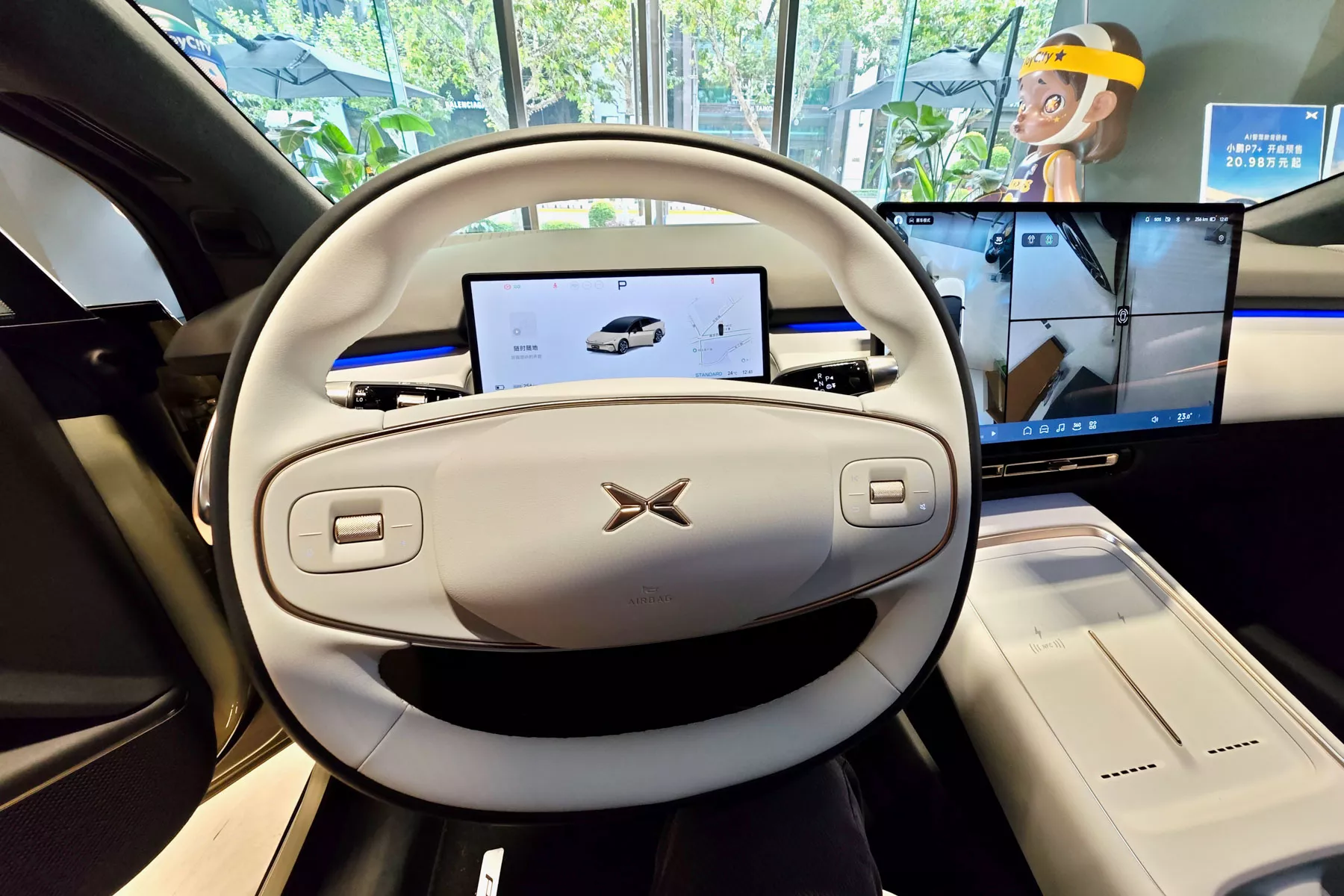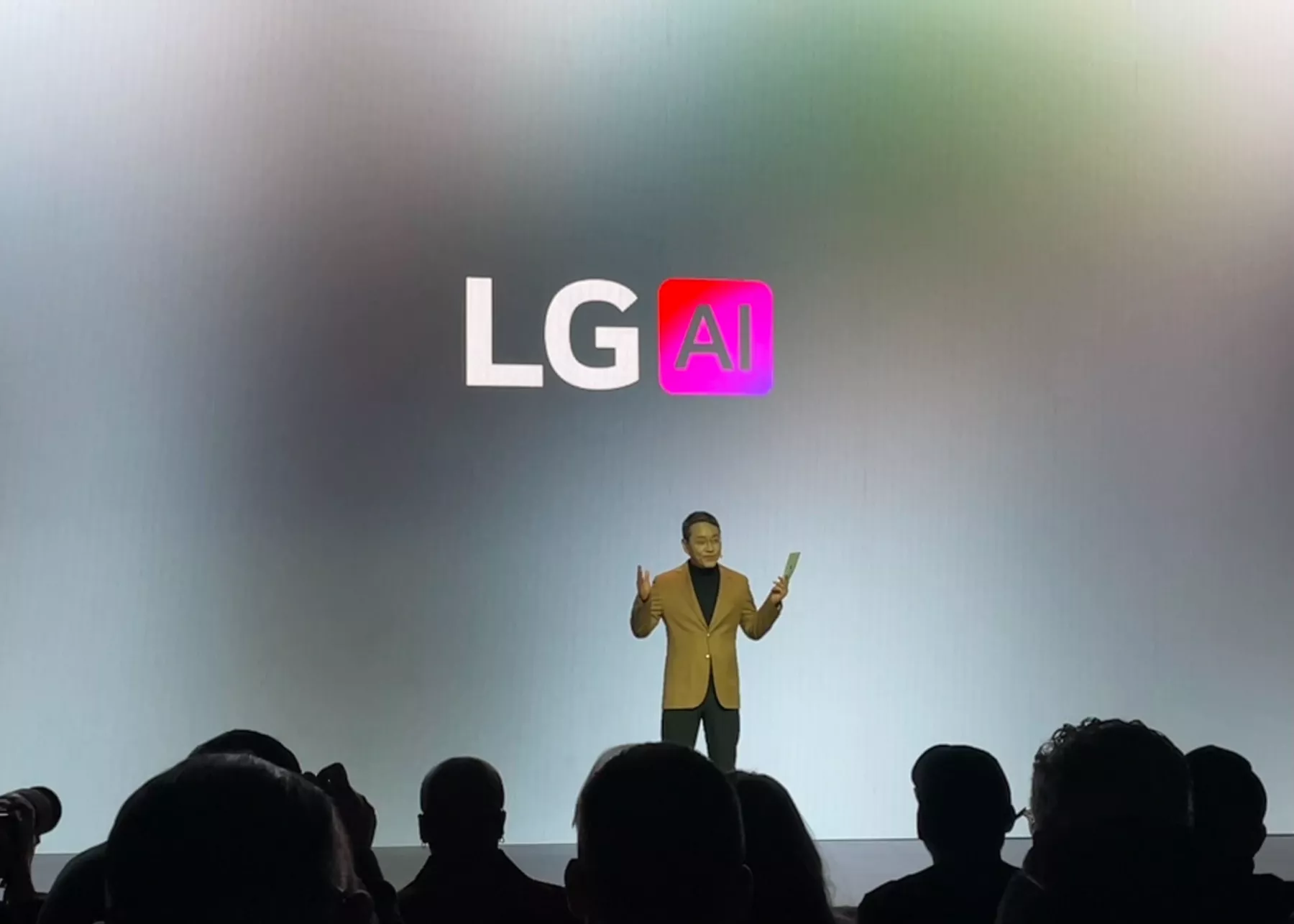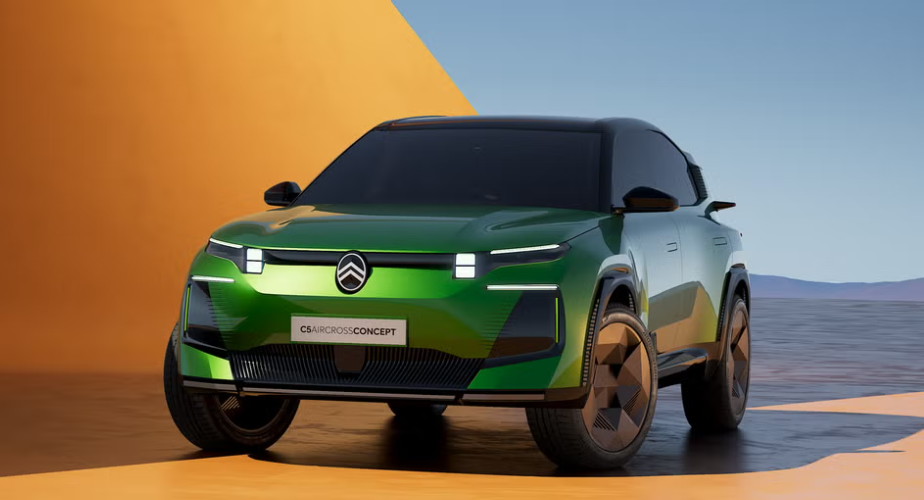
The next AI conquest is the automotive industry
The vehicle industry is evolving and now the trendy tool is reaching beyond autonomous driving.
Artificial Intelligence technology is here to refresh and revolutionize the automotive industry , says Nicole Wu, GWM’s chief technology officer. As head of a division that oversees innovations that come to vehicles, she has a very clear idea of the influence of AI in this sector: “The vehicle will become a robot.”
His words may seem like something out of science fiction, but they are already part of reality. AI has been present in autonomous driving systems for a few years now, but thanks to the marked advance of generative AI, it has been incorporated into entertainment systems to act as another element of the car.
Wu mentions that the clearest examples relate to data processing to be able to drive without human intervention, but now the car has also become an assistant that understands the user's signals, from their voice to hand gestures, to obtain a better experience.
“You can adjust the air, you can control your chair, you can control everything,” Wu explains, adding that GWM is working on being able to ask the vehicle questions, such as the top news stories of the day or other data that anyone can tap into, from its built-in AI models.
LG is another company that is also turning to this concept through what they call affective AI, a concept that they seek to incorporate into their Mobility Experience platform so that users have an extension of their home in their car and it connects to other appliances to meet the user's wishes in either place.
A chip specialized in AI
Technological alliances are also necessary for the development of these resources, and one of the industry's leading chip developers, Qualcomm, has also entered the field to generate new AI technologies in cars.
During CES 2025, Cristiano Amon, CEO of the company, reported that they are working on a digital chassis that acts as a platform associated with their Snapdragon processors to connect the cabin of a vehicle to the cloud.
To this end, they have also collaborated with companies such as Volvo, to deliver personalized infotainment experiences, and also with Arriver, with whom they have worked on a travel vision system and driving solutions.
“AI is creating a generational shift in technology,” Amon said during his presentation at the Las Vegas show. This technology “will become the new user interface, transforming automotive and home experiences.”
The company announced a collaboration with Zeekr to integrate the Snapdragon Cockpit platform into future vehicles launched by the automaker, and these products include intelligent cockpit features such as enhanced voice interactions, intelligent navigation and control.
China is pushing AI in cars
Wu comments that the first step in the digitalization of the automotive industry was taken with electrification and because that process has advanced significantly throughout the world, the next step has been taken with the incorporation of AI in vehicles to a greater extent.
One of the most representative cases, she explains, is the autopilot in autonomous vehicles, which is now based on new AI models that interpret inputs from the roads in real time so that processing and operation is “better than before. That really is a great change that we have in China and I am sure that this technology will reach the world.”
In financial terms, China has been one of the most important territories for the AI push. According to data from the consultancy firm McKinsey, this country is the largest market, as the number of vehicles exceeds those in the United States and its size will increase by 300 million units by 2030, although in the US, electric vehicles are expected to account for between 40 and 50% of total sales.
AI will have a strong impact on this sector, as it is expected to generate $380 billion in economic value in that country from three areas: autonomous vehicles, personalization for users and fleet asset management.
Autonomous cars, the consultancy predicts, will be the main source of value, with 335 billion dollars, and part of this new value is expected to come from the reduction of financial losses, such as medical expenses, first aid and the costs of the vehicles themselves, resulting from a reduction of between 3 and 5% per year in traffic accidents.
"Manufacturers have made significant progress in taking autonomous driving capabilities from Level 4 (where the driver does not need to pay attention, but can take control) to Level 5 (fully autonomous capabilities where even the steering wheel is optional)," the consultancy notes.
A representative example is WeRide, a Chinese company that completed a level 5 pilot test of its robotaxi in Guangzhou, in addition to achieving around 150,000 trips in one year without accidents with active liability.
“I am quite optimistic about the industry,” Wu concludes. “AI has changed the automotive industry in recent years and I think the speed of this evolution is only going to increase.”
Leave a comment:


Tranding News


.webp)







